Ski bindings are a crucial element in the whole skiing experience. They must fit you perfectly to ensure a safe and smooth ride. In this article, we will look at binding types for short skis and how to pick the right one.
What are the different types of ski bindings?
The four most common are ski release, non-release, snowboard, and AT bindings.
Can you put any bindings on any skis?
Generally speaking, yes. You can adjust the binding system by removing old binding and applying new mounting drilling and different bindings.
Snowboard binding can be used with skis, too, but since it can be too wide, we recommend using snowboard binding for skiboard and snowblades.
What boots do you wear with snowblades?
Snowblades, or skiboards can be used with both ski boots and snowboard boots, depending on the type of binding you prefer.

Types of binding for short skis
1. Ski release bindings on skiboards and short skis
Regular bindings which release when you fall. They are usually fixed directly to short skis, just like long skis.

Do ski bindings fit all boots?
No, regular release bindings do not fit with all types of ski boots. Usually, you need a specific type of boots for individual bindings.
Do skiblades use regular ski boots?
Yes, you can use regular ski boots for skiblades, or skiboards. Skiboards by Snowfeet also come in a snowboard binding version, so that you can enjoy your ride in snowboard boots, too.
Pros of ski release bindings
- prevent injuries by releasing you in the case of a fall
- the safest kind of binding
- easy to put on - just step in and ride
- no need for leashes - ski release binding is provided with brakes that come down when released to prevent your skis from escaping you on the slope
- allow full flex of the short skis
Cons of ski release bindings
- high price - when not included with the skis, the price of the binding ranges from 200 to 600 USD
- heavier than other types of bindings
- you have to wear the heavy and uncomfortable ski boots
2. Non-release bindings
What are non-release bindings?
Non-release bindings do not release your ski boot when falling. They are usually mounted directly on the ski and they are all adjustable to a variety of ski boots size.

To adjust non-release ski bindings, pull the adjusting handles one at a time at each side.How do you adjust non-release ski bindings?
Pros of non-release bindings
- lower price compared to ski release bindings
- lighter than release ski binding
- adjustable
- fit even short skis
Cons of non-release bindings
- allow lower flex than release bindings
- ski leashes are required - non-release bindings usually do not have breaks to stop a loose ski from sliding away

3. Snowboard bindings
Can I put snowboard bindings on skis?
Yes, you can put snowboard bindings on skis.
Snowboard bindings are often used with skiboards. You can attach them to the skiboard with four hole mounting pattern. Sometimes, the snowboard binding can be too wide, therefore a riser plate should be applied.

Also, a wide third strap to fix your boot in place to allow you to carve. We recommend to opt for snowboard bindings designed for snowblades and skiboards specifically.
Gear up for your next winter adventure
Snowfeet* skiboards and skiskates come in both snowboard and ski boots versions so you can choose which one to pick.

How do you adjust snowboard bindings?
As for Snowfeet* skiboards and skiskates with snowboard bindings, you simply choose a different hole on the strap and adjust the bindings using a screwdriver. If you use large snowboard boots, you can replace the original front toe straps with extra straps
Pros of snowboard bindings
- you can wear comfortable snowboard boots instead of the pain-in-the-neck ski boots
- comfortable walking in snowboard boots
- snowboard boots are cheaper than ski boots
Cons of snowboard bindings
- short skis with snowboard binding are usually more expensive than short skis with ski bindings
- snowboard companies usually do not provide bindings entirely suitable for skiboards, therefore you cannot choose any snowboard binding. We recommend to opt for a snowboard binding intended specifically for skiboards or snowblades.

4. AT bindings
A specific type of binding allows you to climb up the slope easily by freeing your heels. Popular among fans of backcountry skiing.

Marker Alpinist 10
Pros of AT bindings
- the most versatile binding - can be adjusted to a variety of ski boots
- allows freedom of movement
Cons of AT bindings
- expensive
Snowfeet bindings
A special type of bindings is the Snowfeet bindings, which allow you to wear your regular winter shoes when skiing or skiskating with Snowfeet.
Can I adjust my own ski bindings?
You can easily adjust non-release and snowboard bindings, whereas you should get your release binding in the size that fits you.

How long do ski bindings last?
Usually 8-10 years, but it always depends on the frequency of skiing. Some parts, such as straps are likely to be worn off more easily than others. Before starting a new season, always make sure that your binding is okay, so you can enjoy a smooth and safe ride. If in doubt, visit a local ski shop to have your bindings checked.

Finally, you have arrived at the very bottom of this article. Hopefully, your questions were answered.
Remember - no matter if you choose snowboard or ski bindings, the most important thing is to have fun. See you on the slopes!
Choose length that suits you best

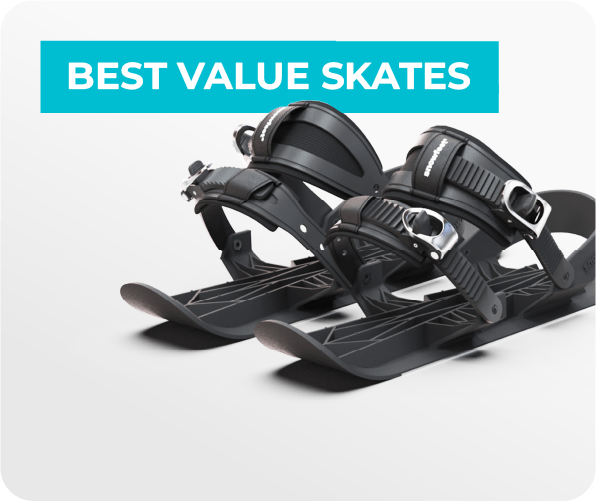
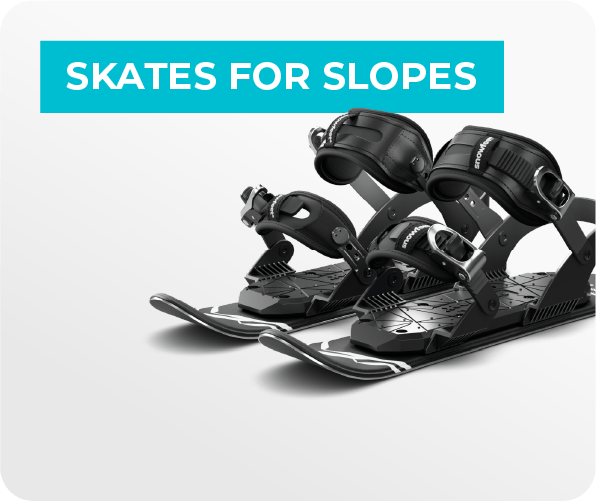
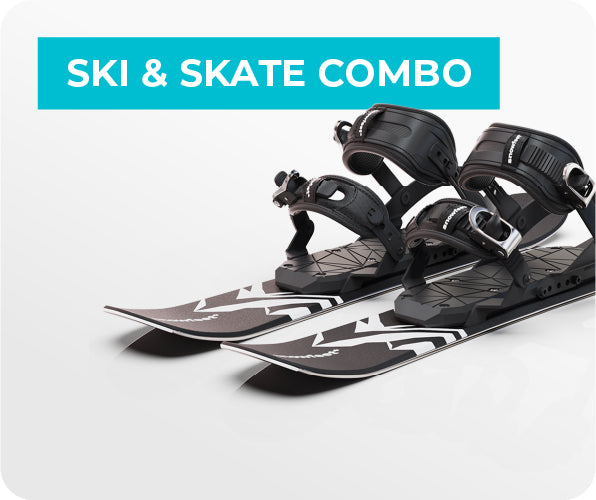
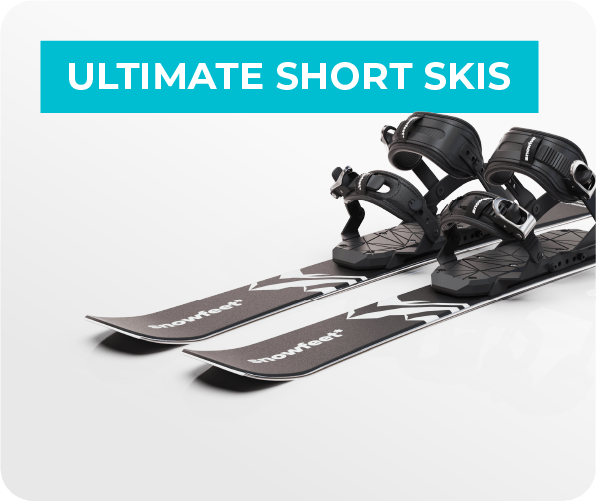
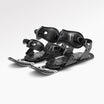
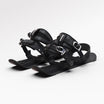
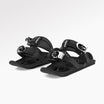
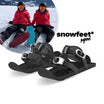
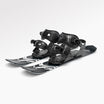
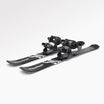
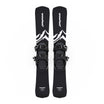
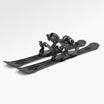
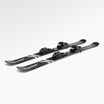
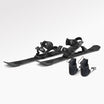
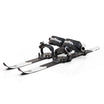
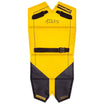
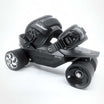
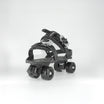
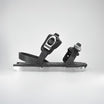
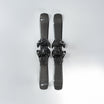
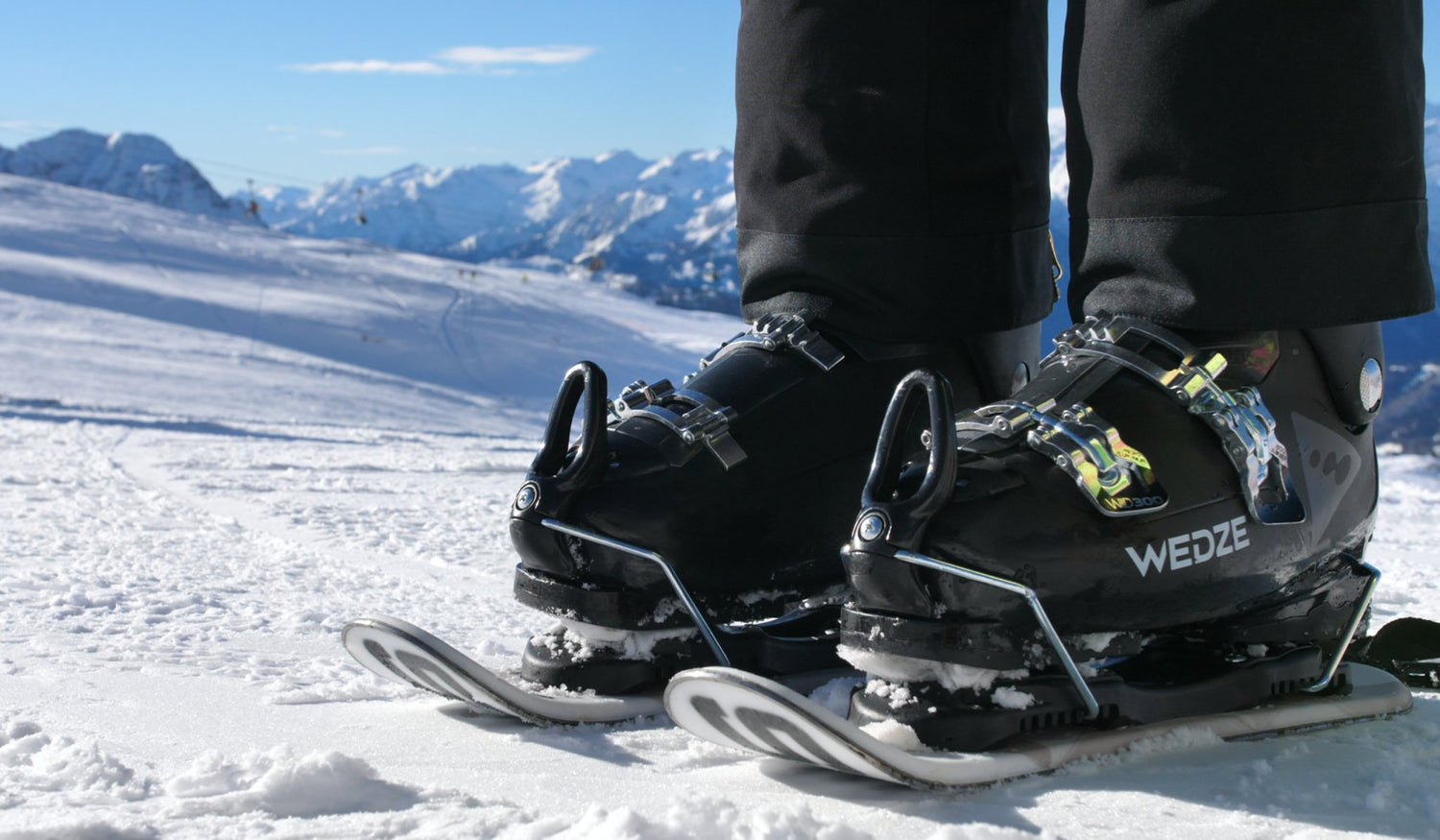

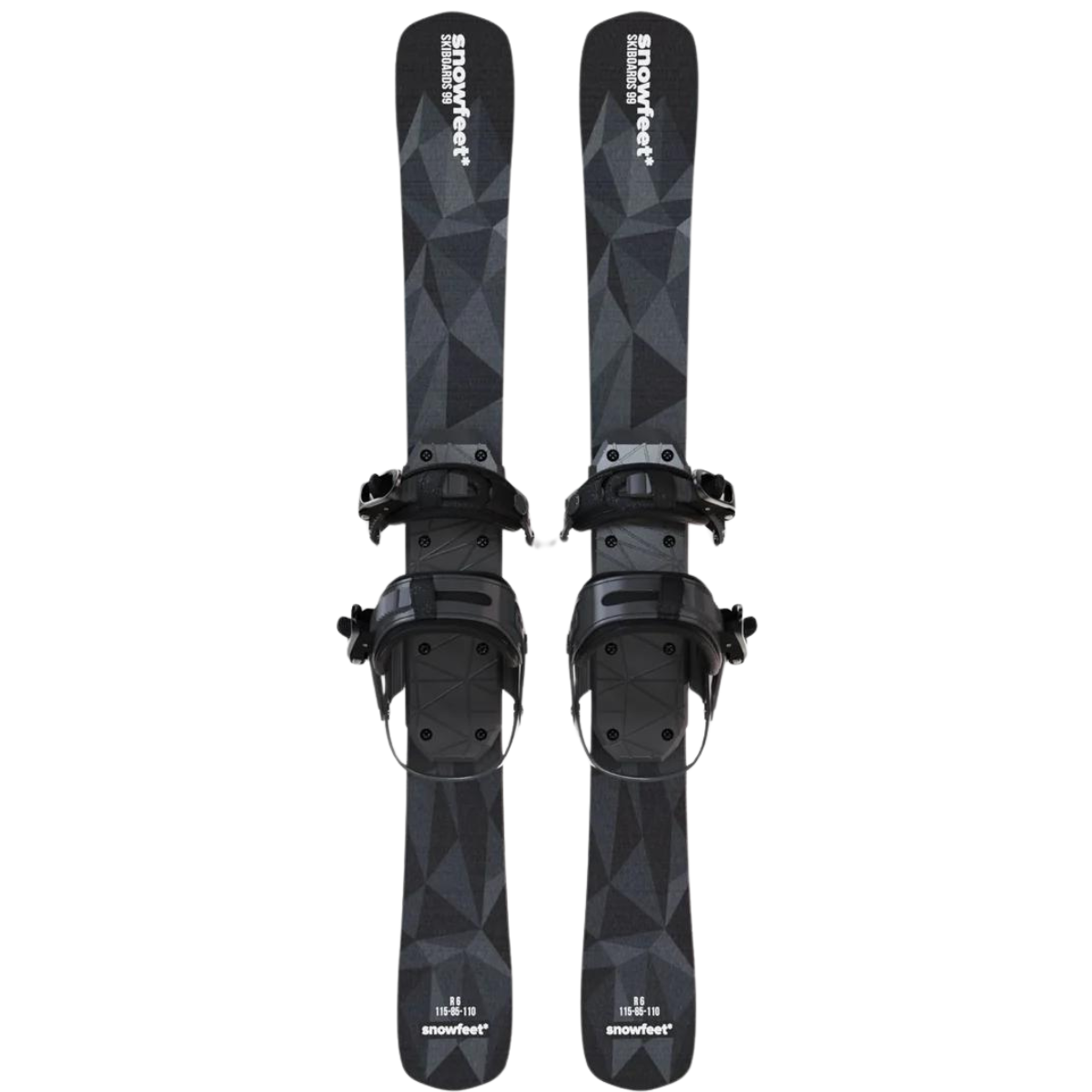



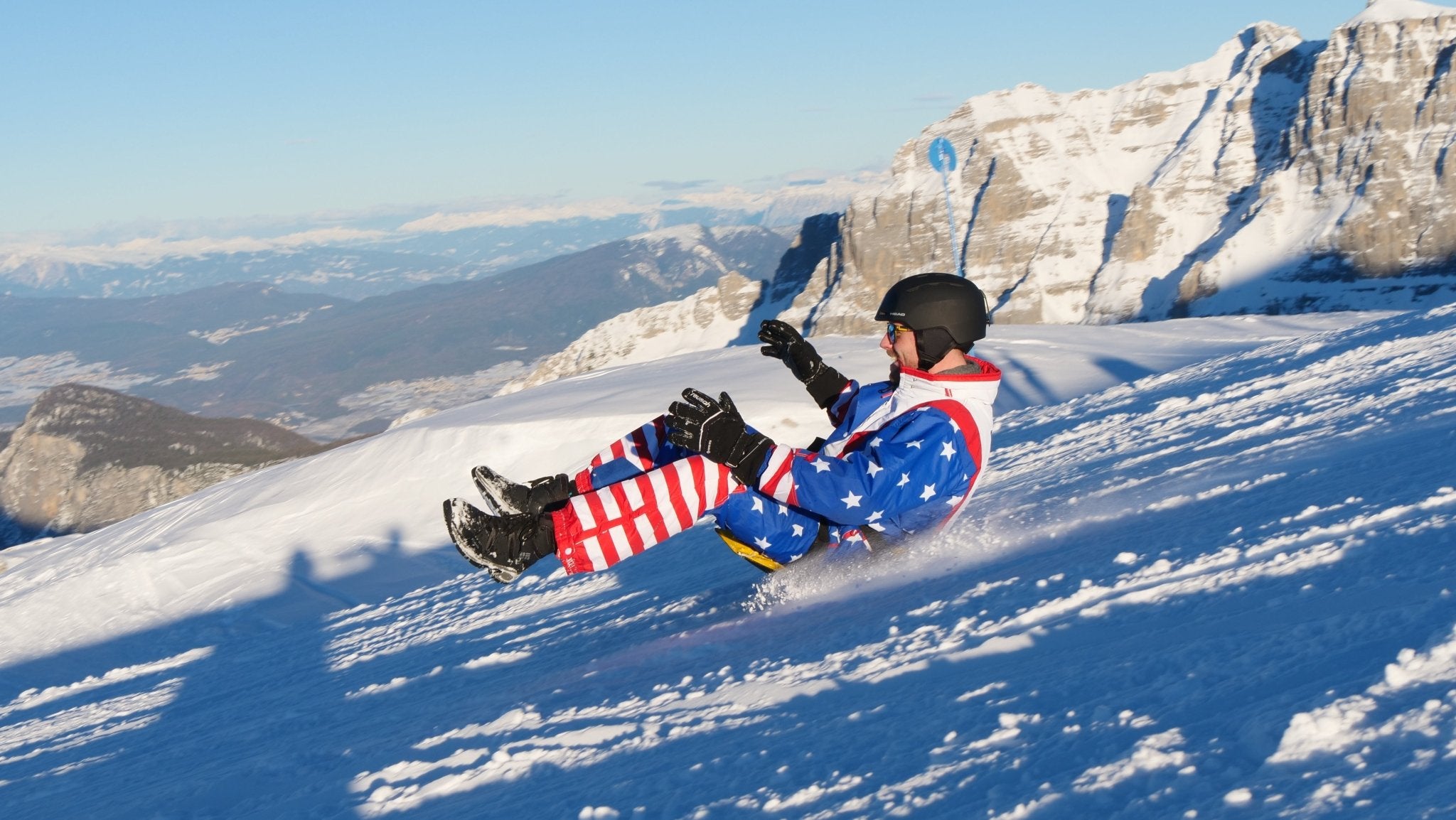
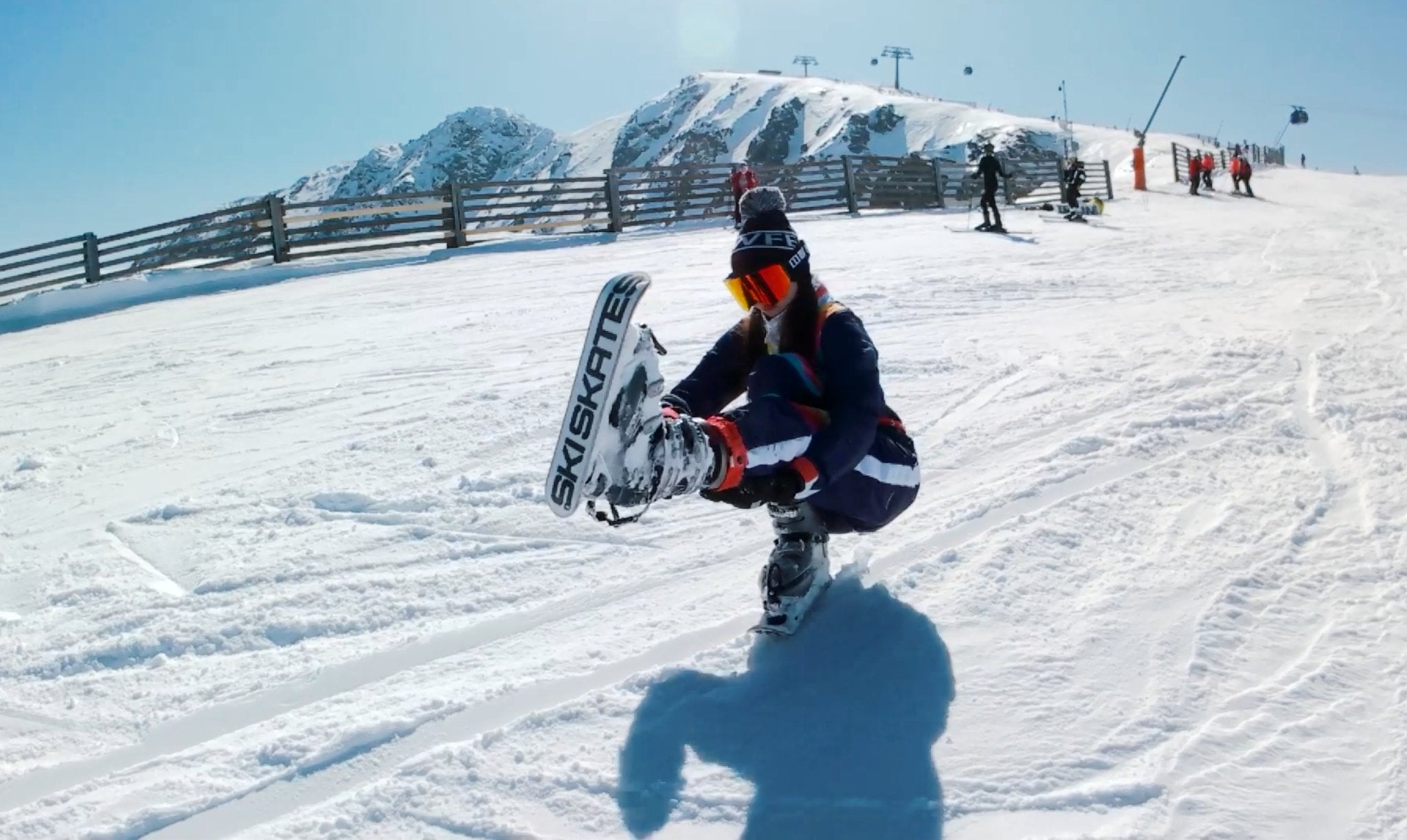
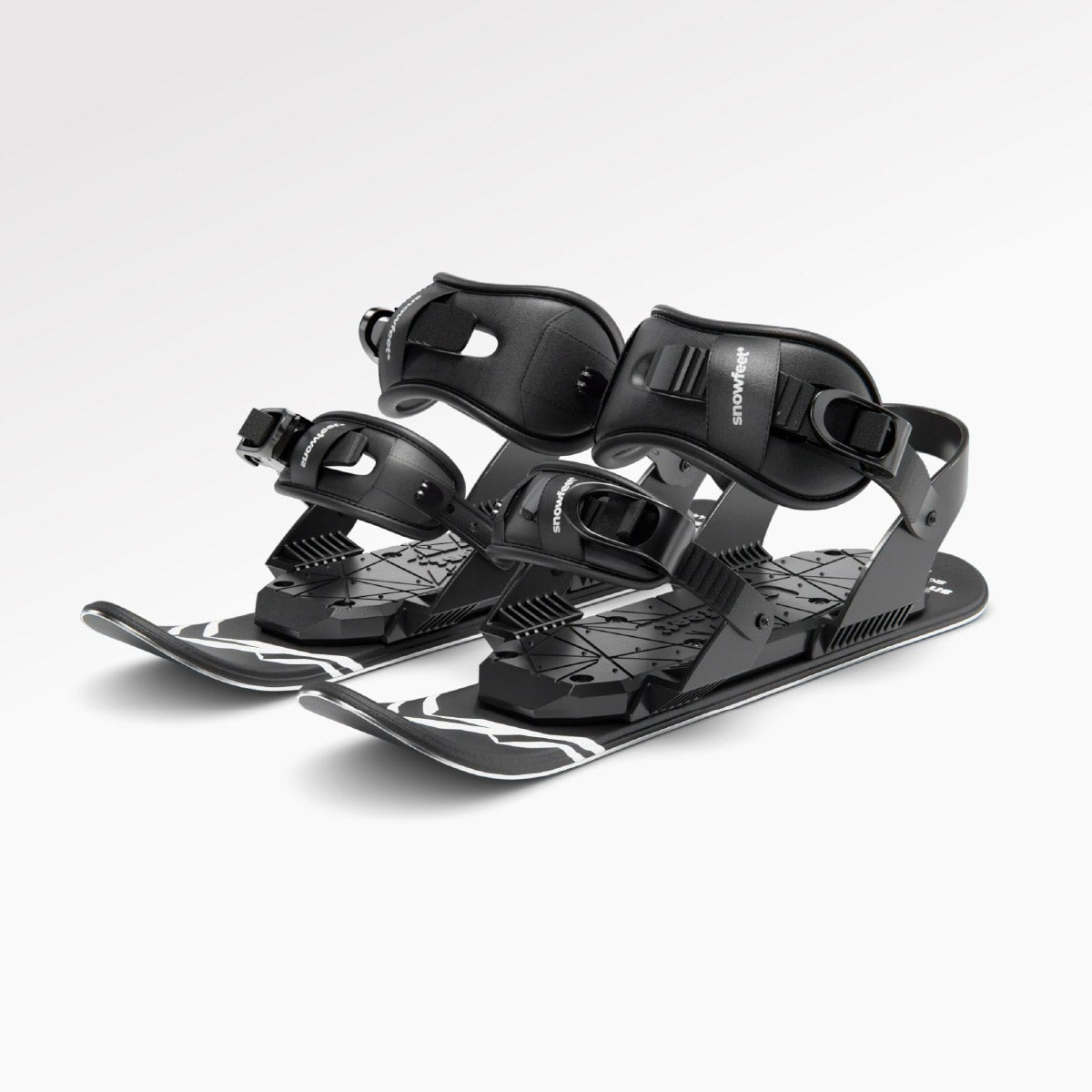
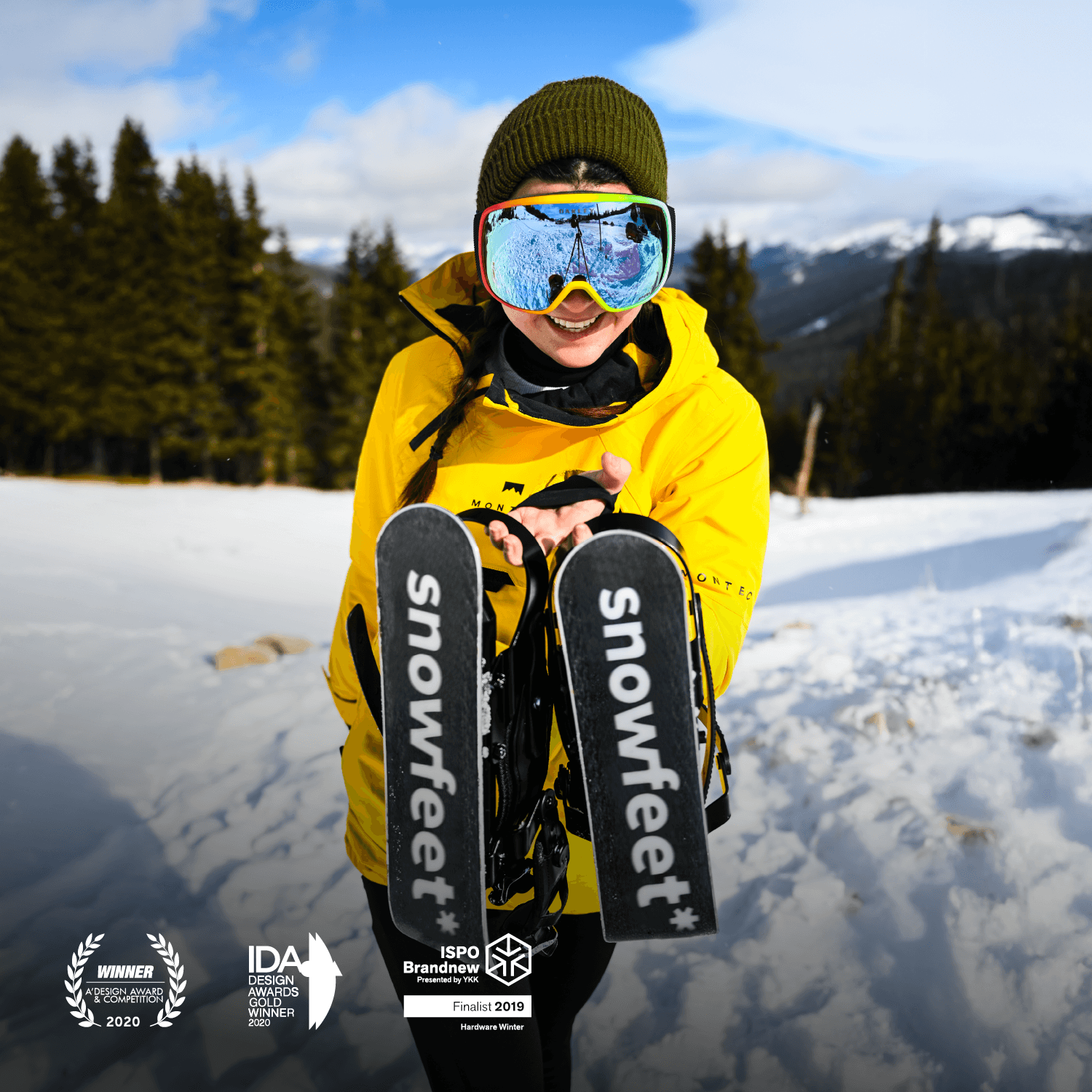
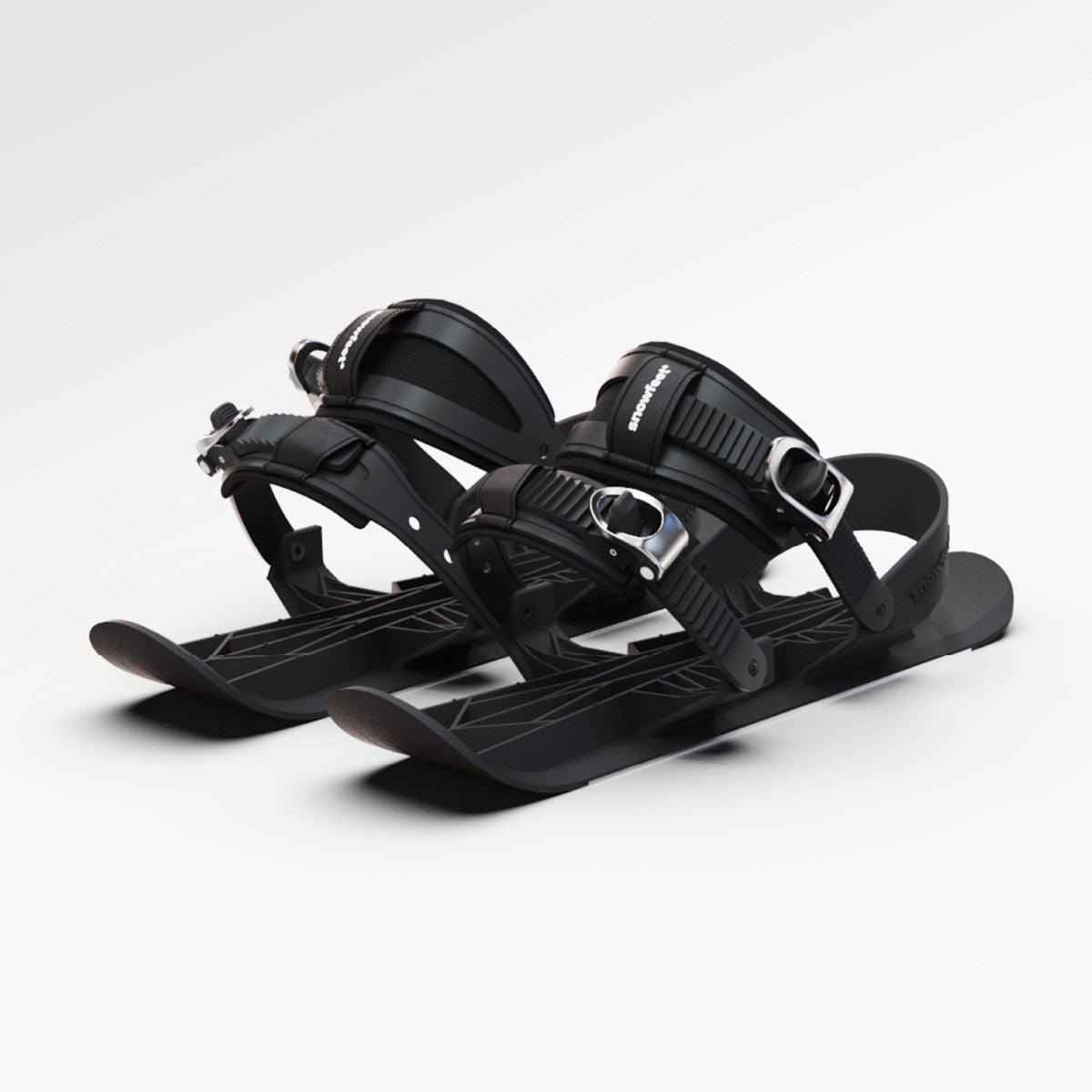
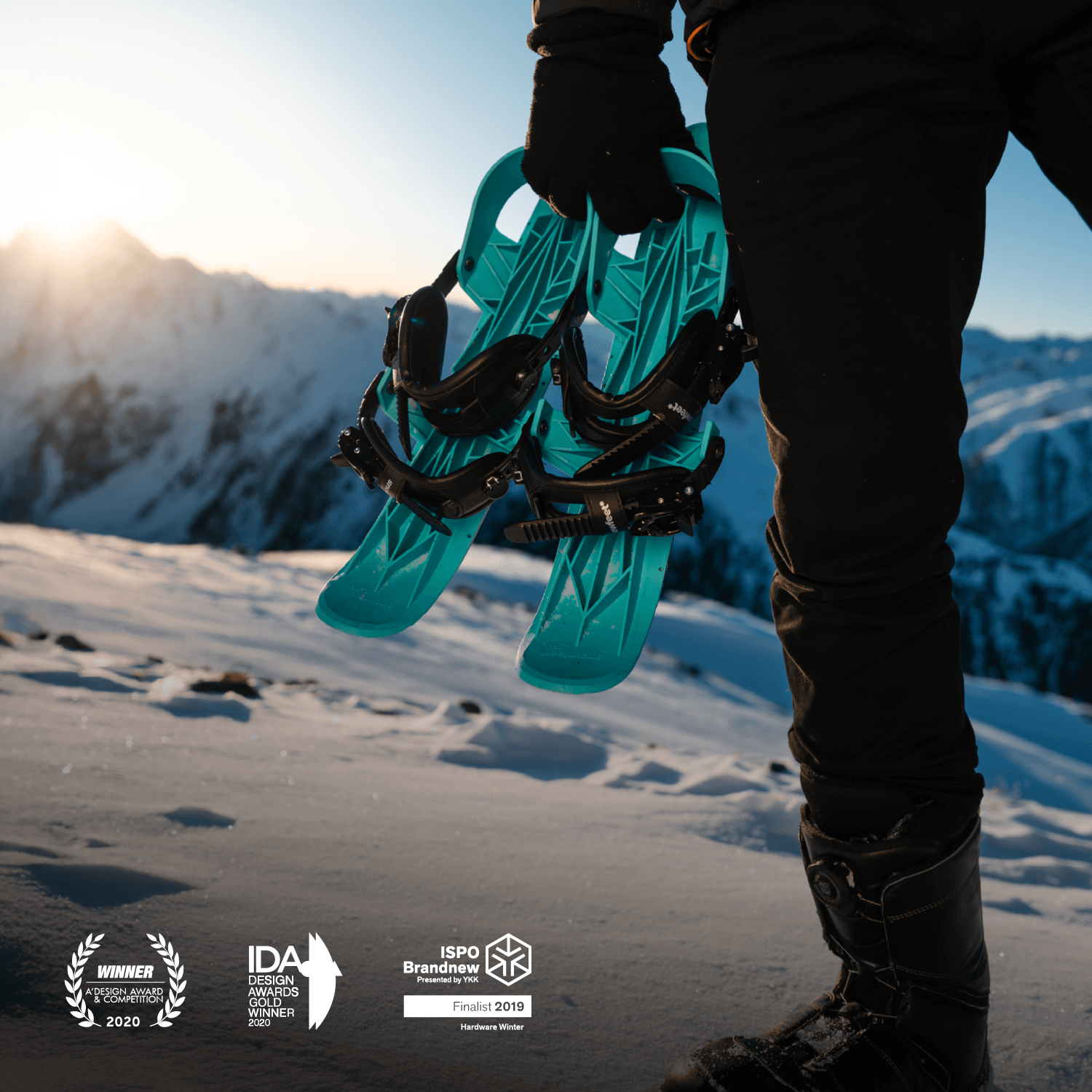
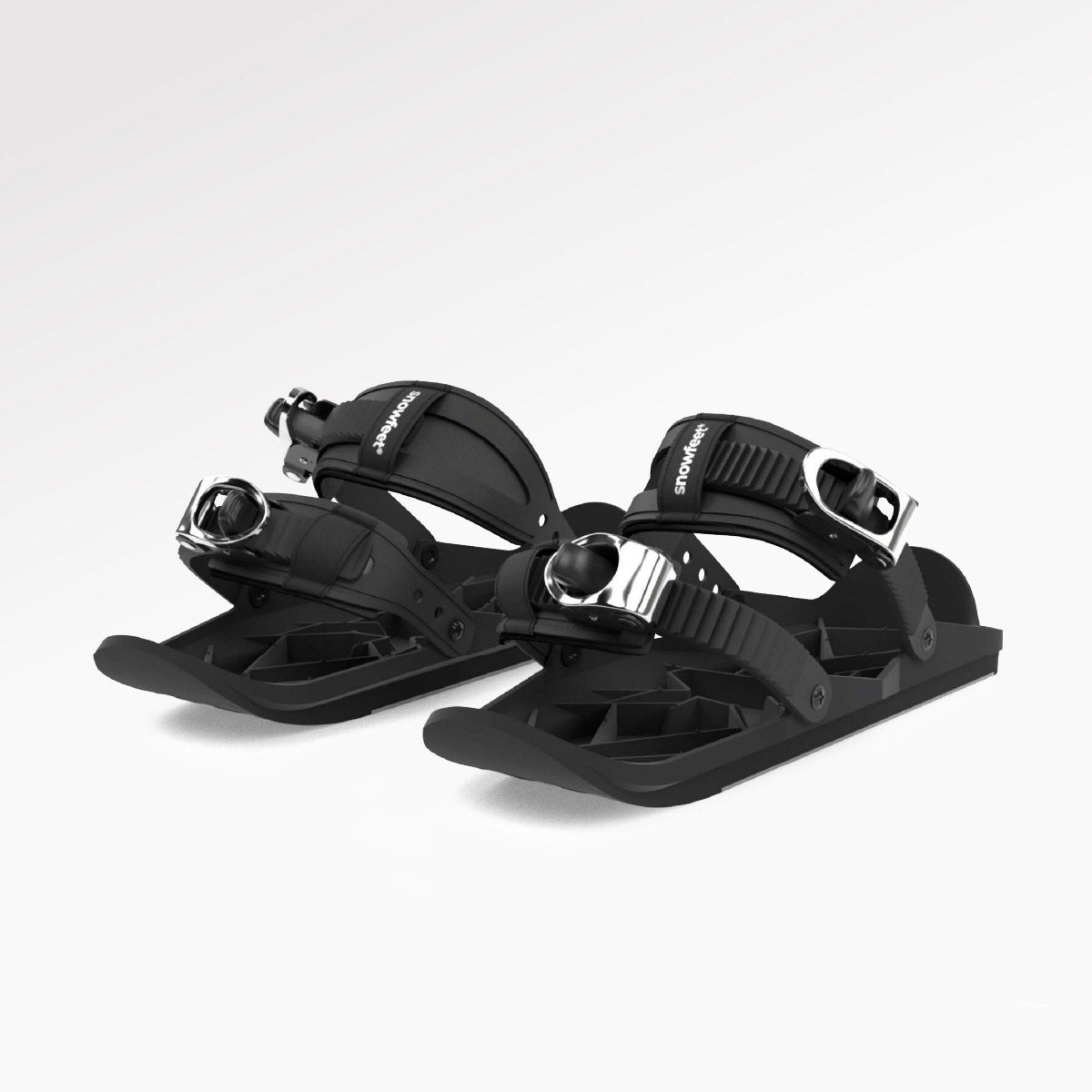
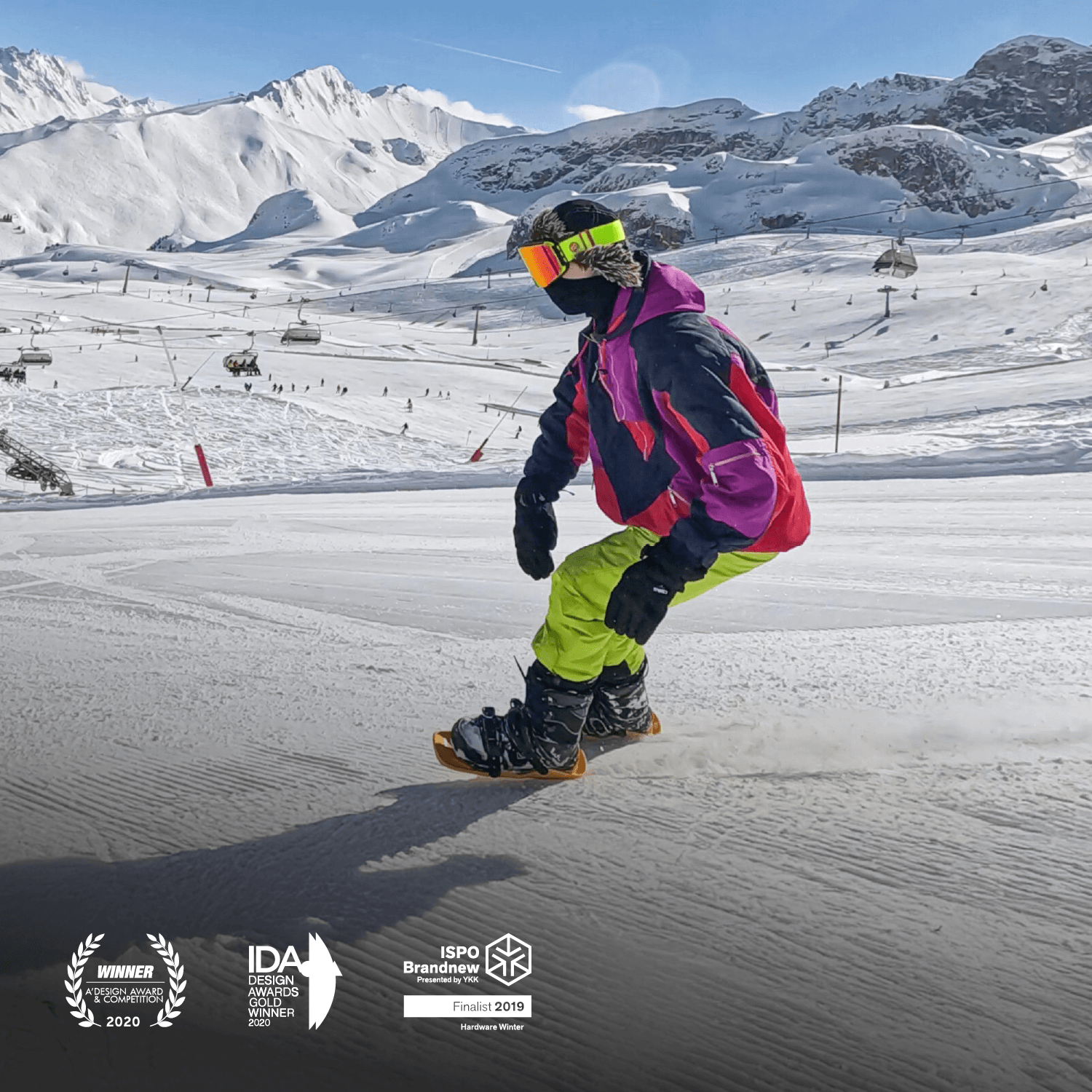
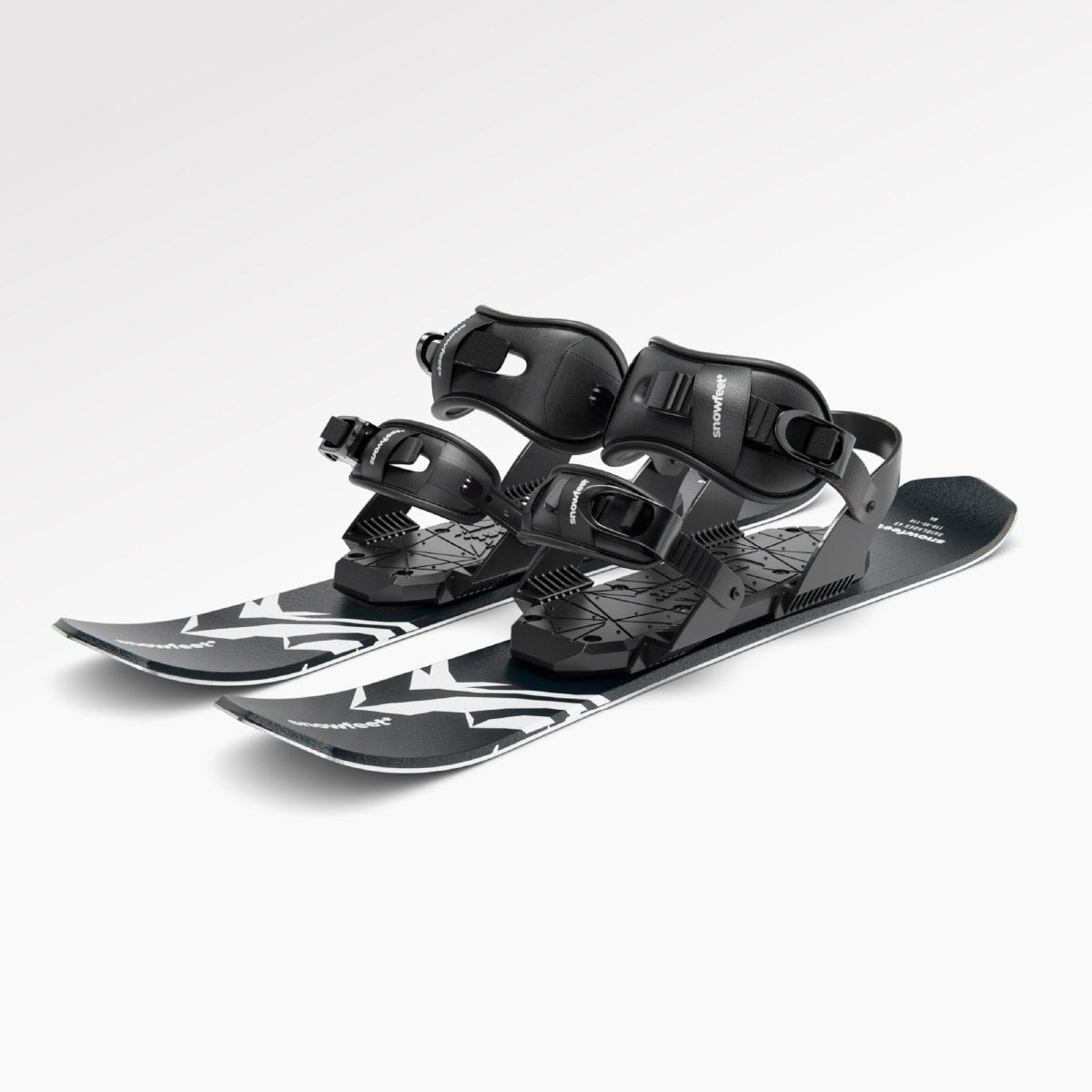
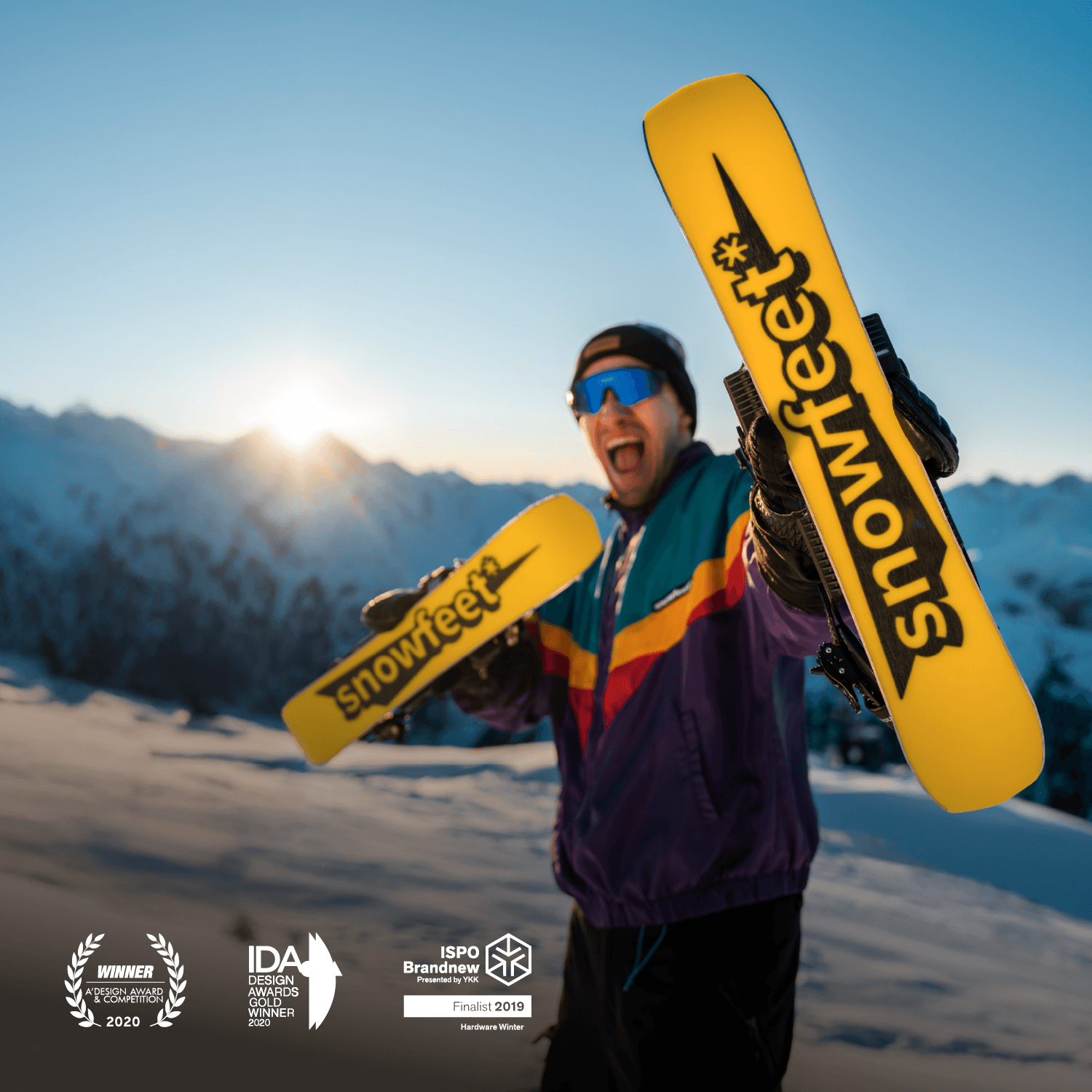
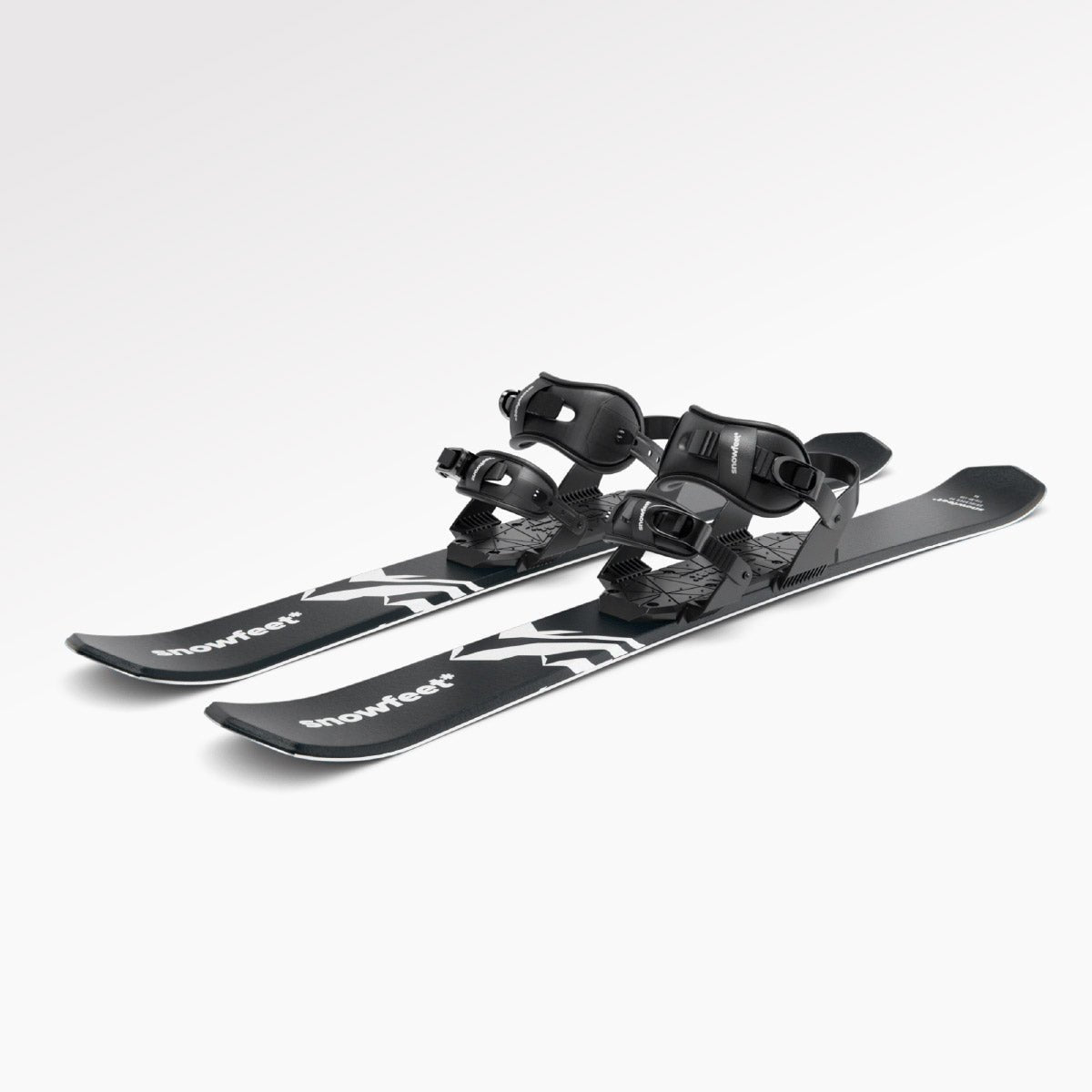
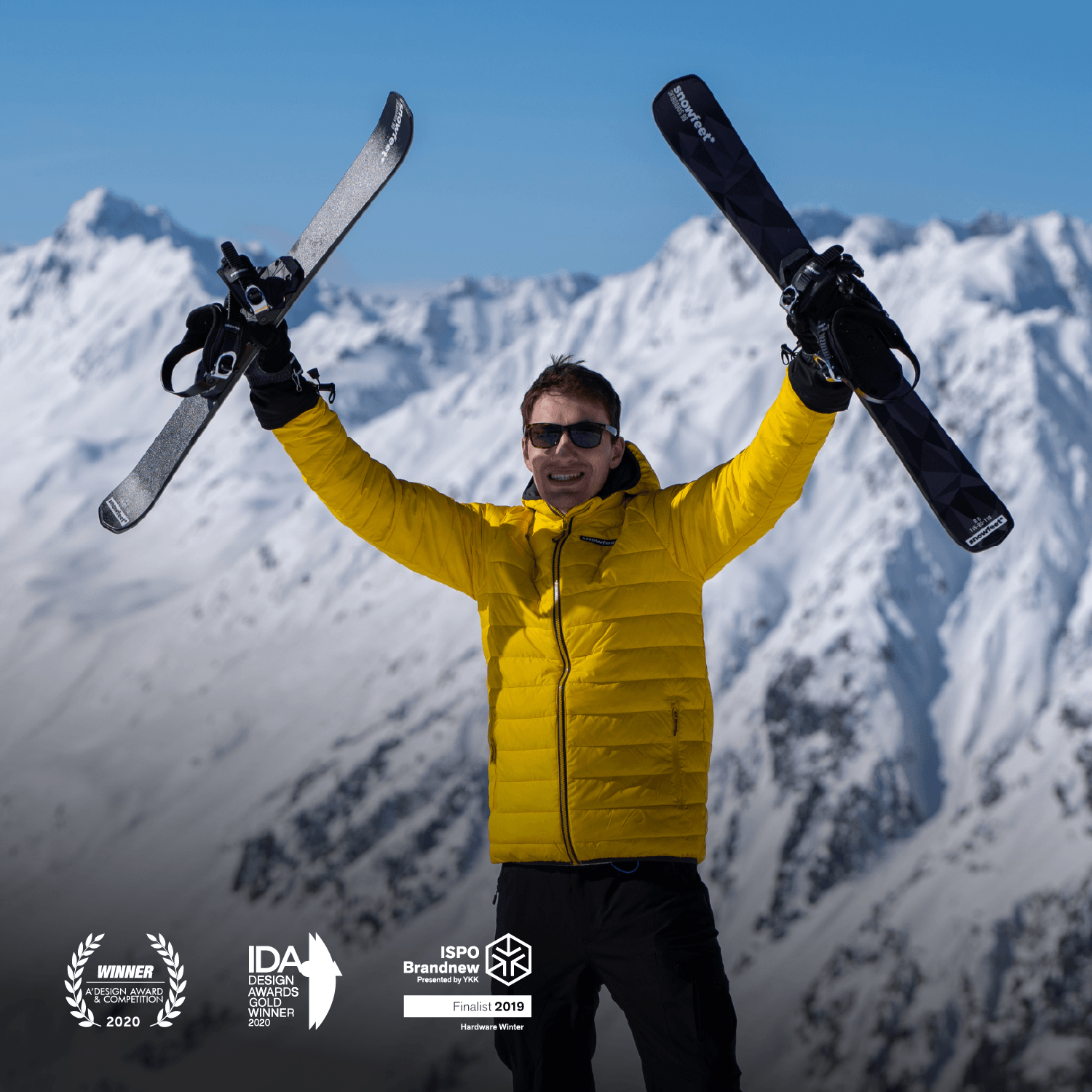
2 comments
Anna from Snowfeet*
Hi Jacob,
For Skiskates and Skiboards, the answer is non-release ski bindings. It is affordable and safe option.
Snowfeet bindings is very cheap, too. However, it only comes with Snowfeet. The biggest advantage is that you can attach Snowfeet to your regular winter boots.
Let us know if you have any other questions.
Anna
Snowfeet*
Jacob B.
Which binding type is the cheapest?
Leave a comment
This site is protected by hCaptcha and the hCaptcha Privacy Policy and Terms of Service apply.